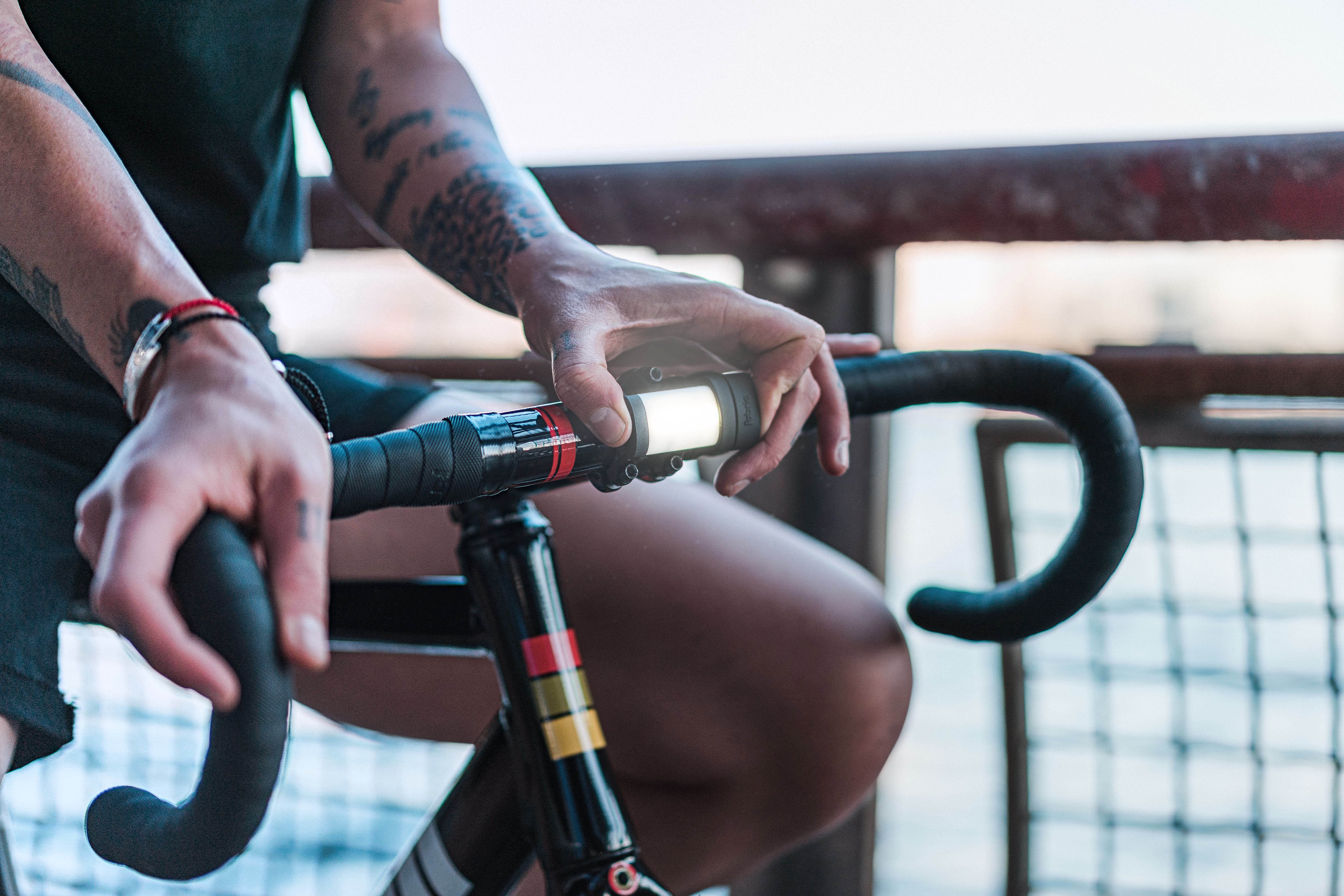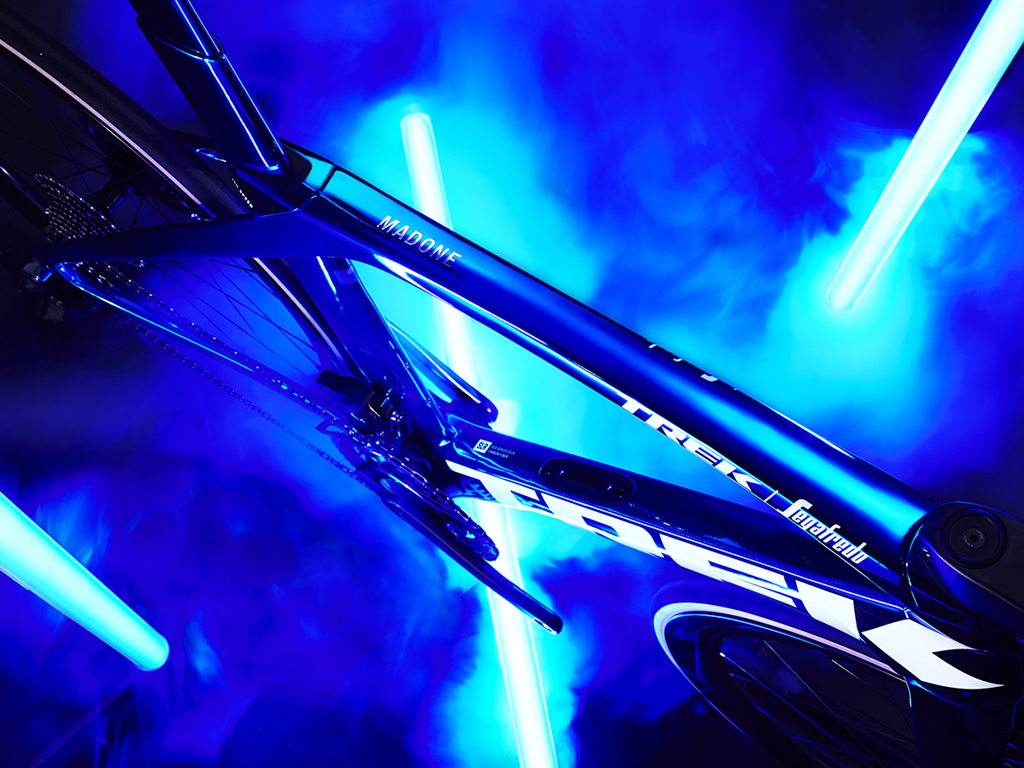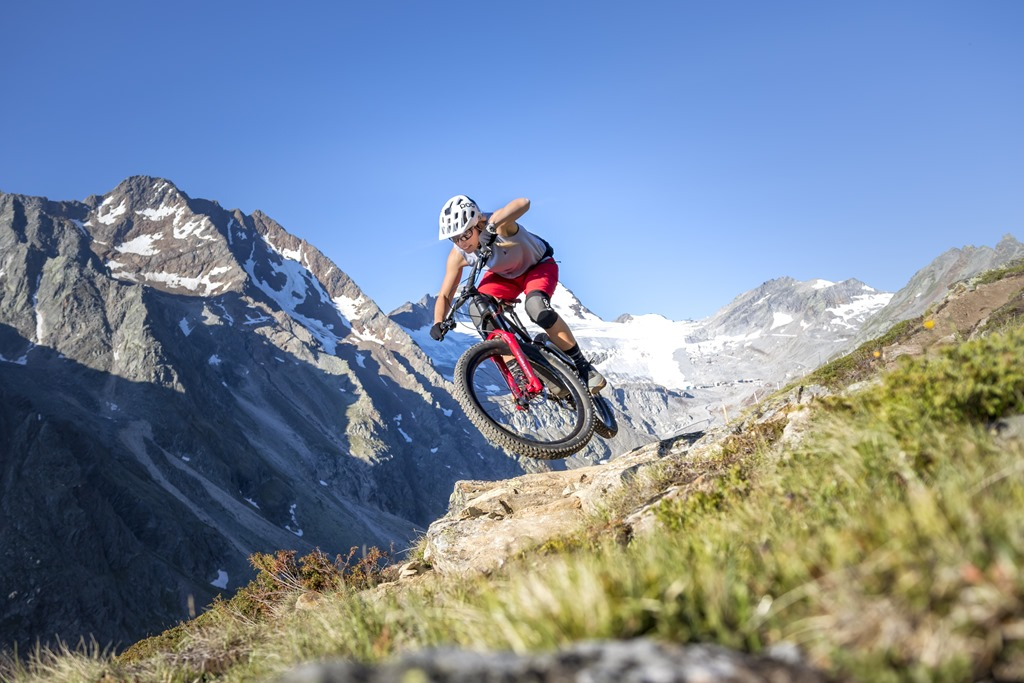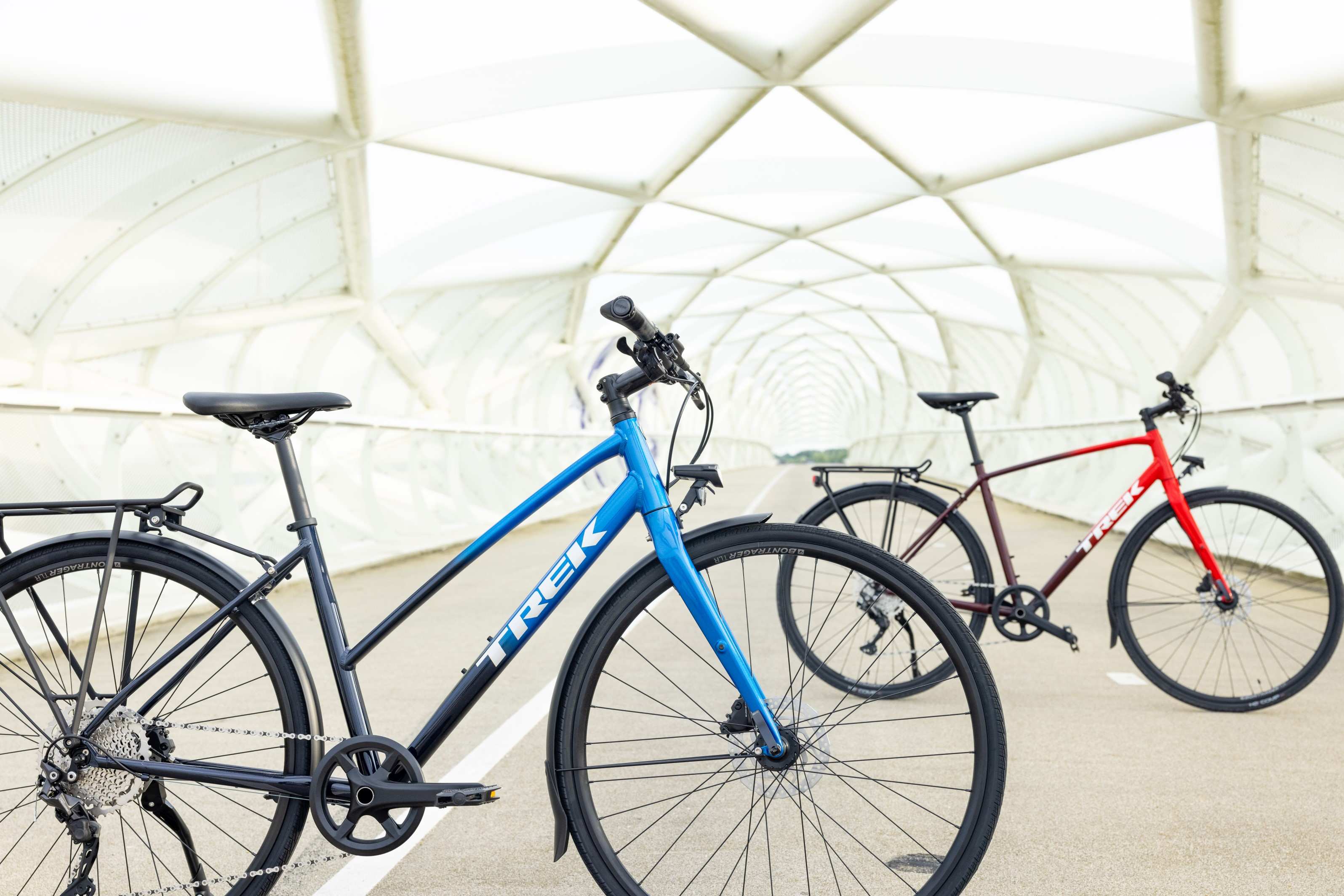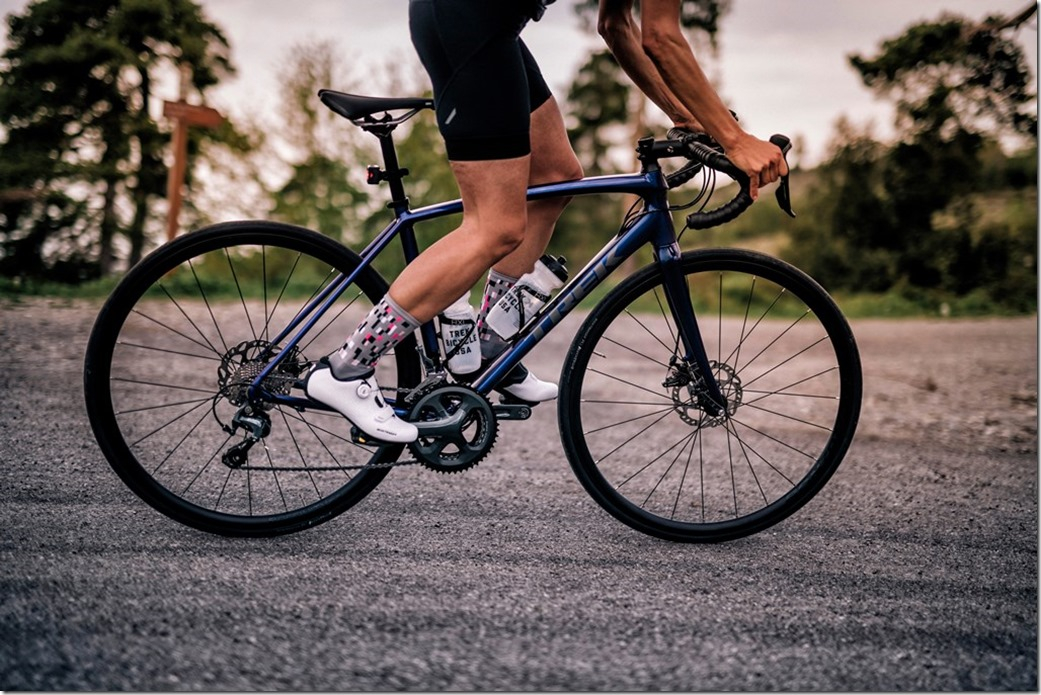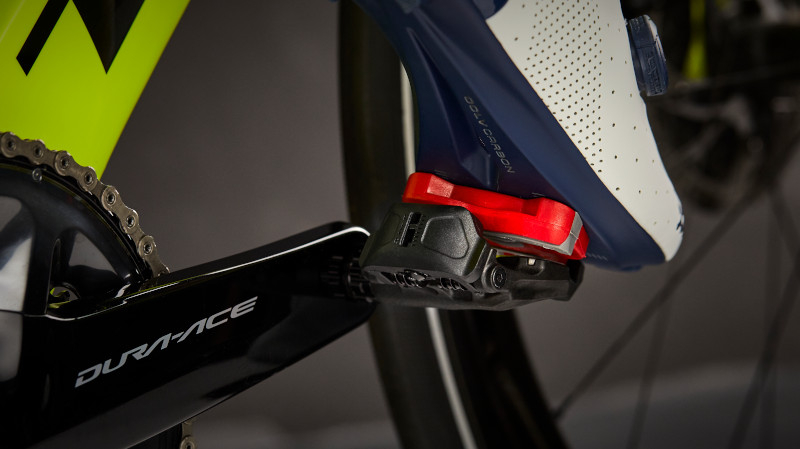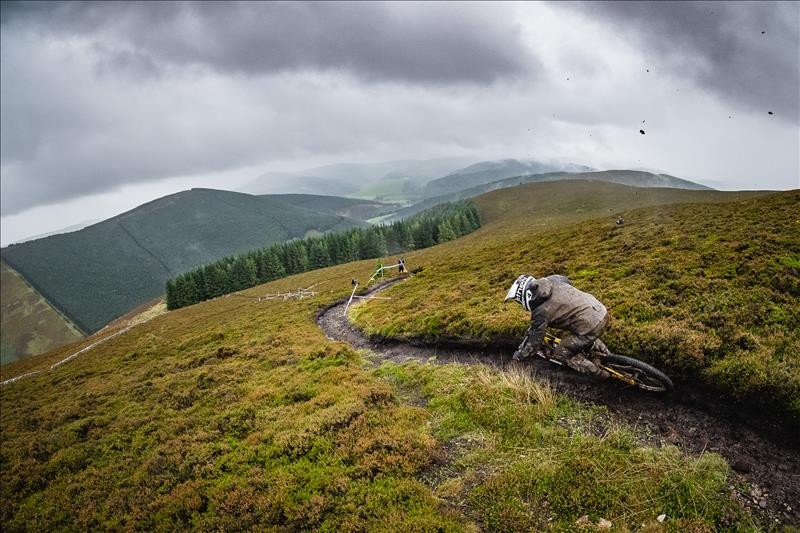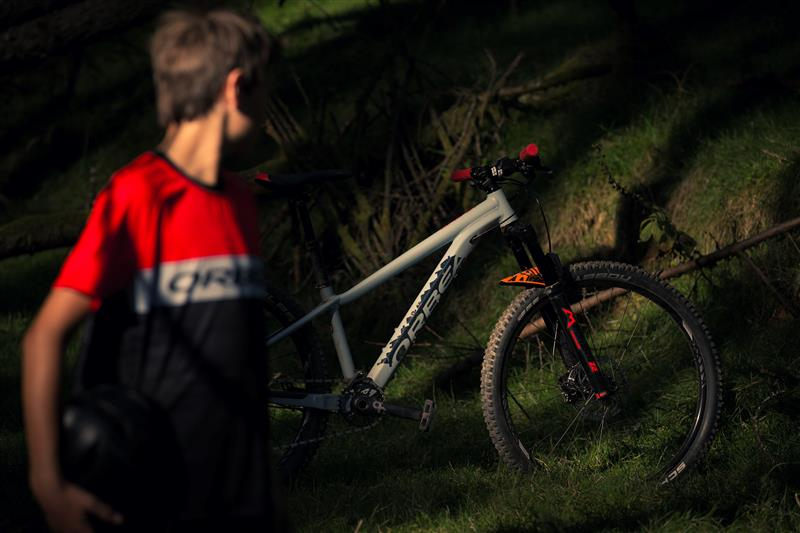Gravel Bike Buying Guide
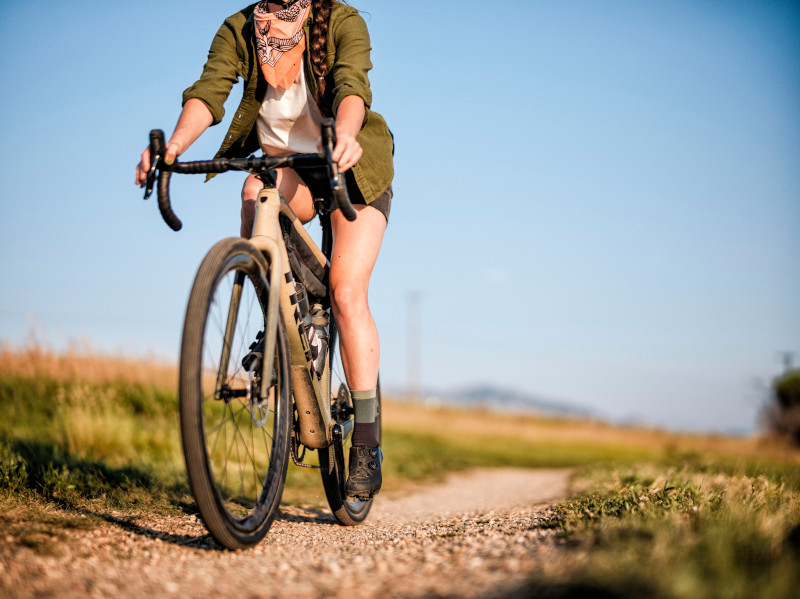
Gravel Bike Buying Guide
Gravel bikes have exploded in popularity over the last few years. There are now dozens of gravel bike events around the UK and a growing number of long distance cycling routes designed with gravel bikes in mind. In this gravel bike buying guide we’ll take you through the main things to consider when picking a gravel bike.
What’s the appeal of a gravel bike?
The main appeal of gravel bikes is versatility,. You can use them on normal roads but they’ll also work great on forest roads, old railway lines and farm tracks. So you can go for a ride off-road, avoiding cars and traffic, but link it with sections of tarmac as well. Of course you can do this on a mountain bike but a gravel bike will generally be faster and lighter. This also means you can cover some big distances when touring. A lot of gravel bike riders are road cyclists who want to get away from traffic.
As gravel bikes often get used for touring and bikepacking most will come with mounting points for bags. This luggage capacity combined with speed, and ability to handle mixed surfaces, means that gravel bikes are also extremely popular for commuting on.
Do you really need a gravel bike?
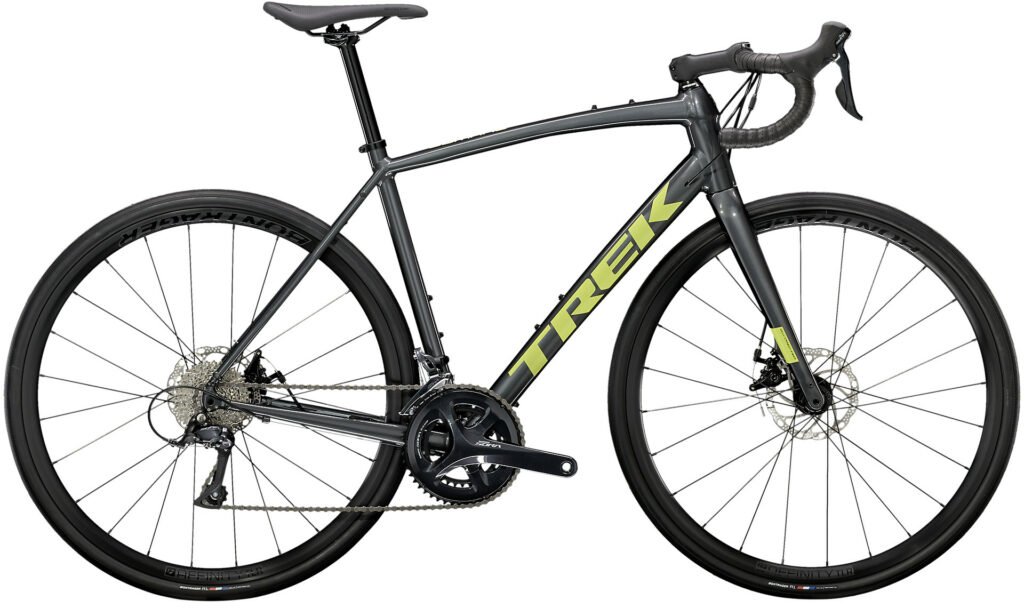
Depending on where you intend to ride you may not need a dedicated gravel bike. The first gravel world championships have just been held and several pro road riders took part on their regular road bikes. They just fitted some bigger tyres. If you are only going to be riding very light sections of well-manicured gravel tracks then you may be able to do the same. Many modern road bikes come with clearance for up to 35c or 38c tyres so you can easily fit a narrow gravel tyre on there. Road bikes like the Cannondale Synapse and Trek Domane are rated for ‘light gravel’ use.
Carbon or Aluminium
Most gravel bikes will come with either a carbon or an aluminium frame. Which one you go for will partly be down to budget. Aluminium bikes start at around £1000 and carbon bikes start at around £2500. A carbon bike is generally going to be lighter and faster, but it will also be more comfortable. Carbon helps to soak up some bumps and vibrations, while aluminium tends to be stiffer and a little harsher. Aluminium will be cheaper and can also take a bit more abuse.
Brakes and Gears
Entry level gravel bikes normally come with mechanical disc brakes. Higher end bikes will have hydraulic brakes. The hydraulic ones are more powerful and easier to live with as they need less adjustment. If you are going to be riding off-road at all, and you can afford it, go for hydraulic brakes.
With gearing the biggest choice you face is the number of cogs on the front of the bike. If you are going to be spending a lot of time on the road then a double or 2x chainring on the front will give you more top end cruising speed. If you are mainly going to be riding off-road then a 1x or single chainring on the front is simpler to use and easier to maintain.
Tyre clearance and wheel sizes
The more tyre clearance you have on a gravel bike the better as you’ll be able to run a broader range of tyres. 700x38c to 700x40c are standard gravel bike tyre sizes. Many gravel bikes can also take a 650b wheel. The 700c that comes as standard on most gravel bikes is the same size fitted to all modern road bikes and is used because it is fast. The 650b wheel is the same as a 27.5” found on many mountain bikes and will give you greater manoeuvrability off-road. Most gravel riders will use a 700c wheel but if you are going to spend a lot of time riding off-road you may want the option to switch.
Our favourite gravel bikes
Orbea Terra H – from £2000
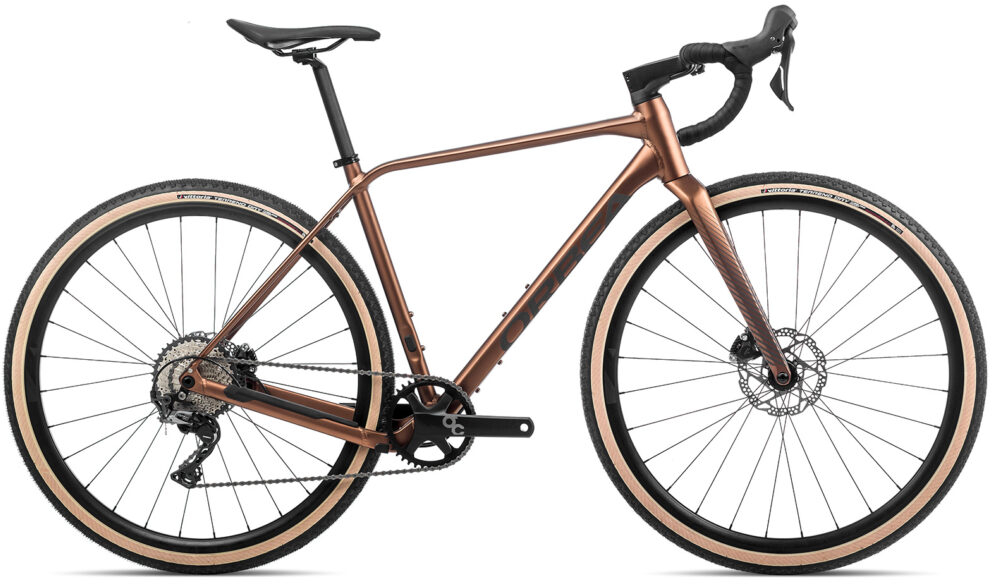
The H in the Orbea Terra H30 and H40 stands for Hydroformed. These are aluminium frame bikes and come with a choice of 1x and 2x chainsets. Orbea have developed this as a dedicated gravel bike and have used a mix of technology from their road and gravel ranges. They pitch the Terra H bikes as being super versatile and ideal for bikepacking and adventure riding. They come with 700c wheels but can take 650b as well.
Orbea Terra M – from £3400
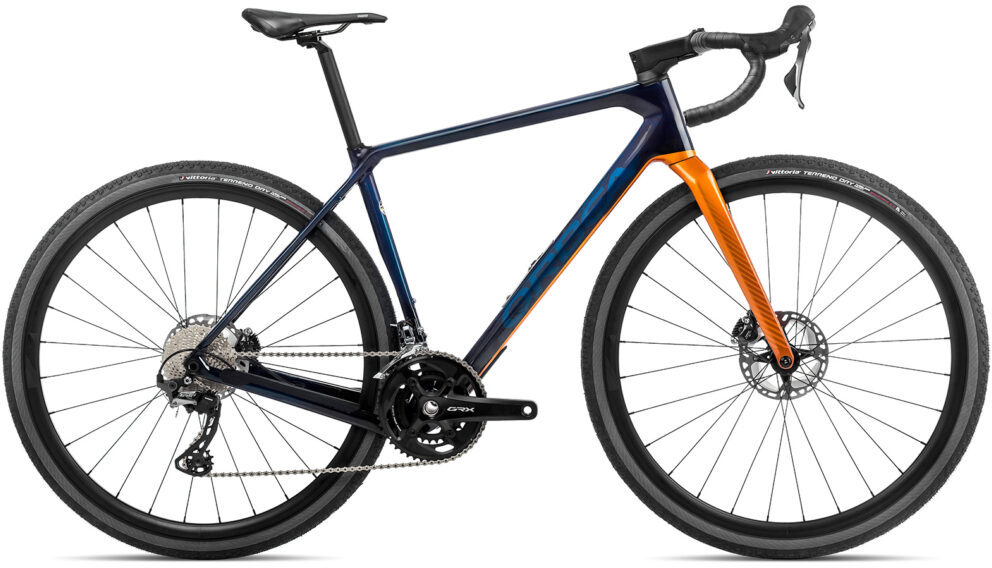
The M in the Terra M30 and M20 stands for Monocoque. These are carbon bikes and come a choice of 1x or 2x chainsets. Orbea pitch this is a fast and lightweight bike, ideal for gravel races or speedy training rides. The top end M models are available as part of the MyO scheme which allows you to pick some of the parts and have it painted whatever colour you like.
Specialized Diverge – from £1300
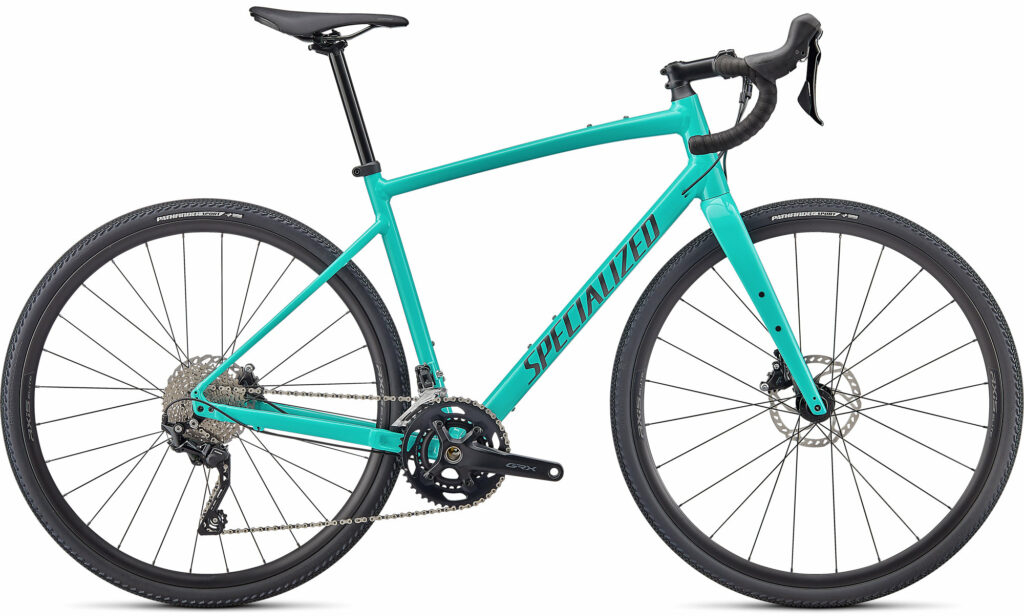
The Diverge comes in a huge range of configurations and prices from around £1000 to nearly £10,000. The cheapest bikes come with aluminium frames with mechanical brakes which are great for commuting and light touring use. As you go up through the range the Diverge switches to carbon frames and generally gets more race orientated. The carbon frame bikes come with the Future Shock fork. This gives a small amount of suspension at the front of the bikes to help soak up bumps when riding off-road. All of the Diverge bikes can take either 700c or 650b wheels.
Trek Checkpoint – from £2500
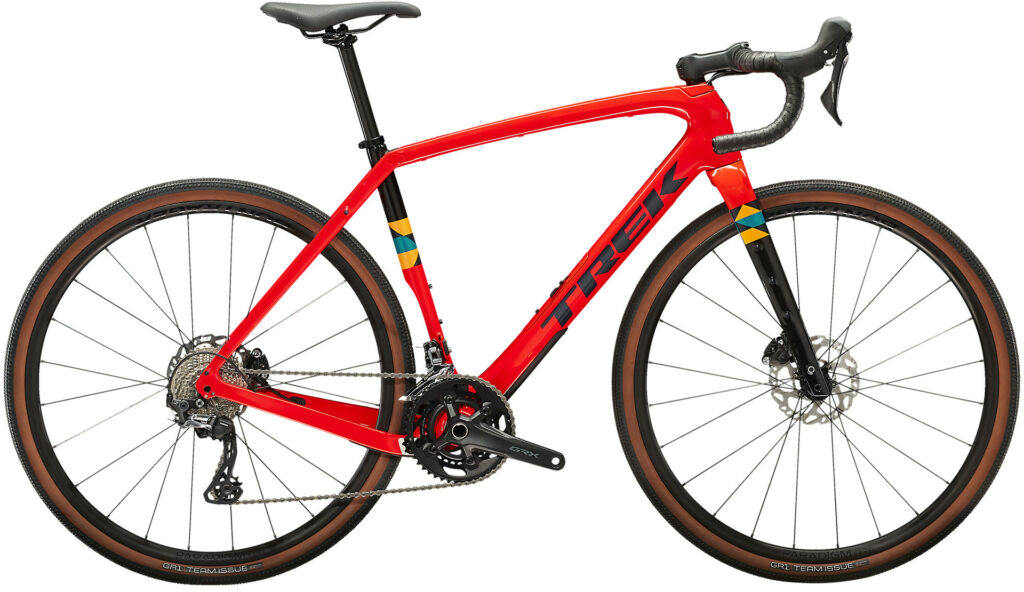
The Checkpoint comes with 1 aluminium model (the ALR) and then several carbon models (SL and SLR). The carbon bikes come with IsoSpeed. This is a ‘decoupler’ which allows a small amount of movement in the frame to absorb shocks and vibrations. As with the Diverge the top end models in the Checkpoint range are very race orientated.
Cannondale Topstone AL – from £1200
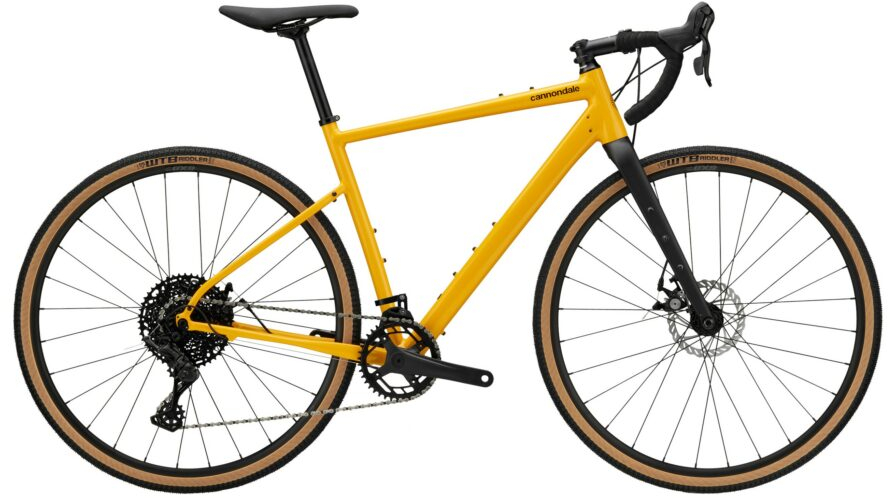
The Topstone AL has been around for a few years but has had a big re-design in 2022 with a new frame. The updated frame is designed to be more comfortable over longer distances and also comes with an updated carbon fork. The entry level Topstone AL bikes come with mechanical disc brakes and are really popular as commuting bikes. The top bikes come with hydraulic brakes and are great for bikepacking adventures.
Cannondale Topstone Carbon – from £2800
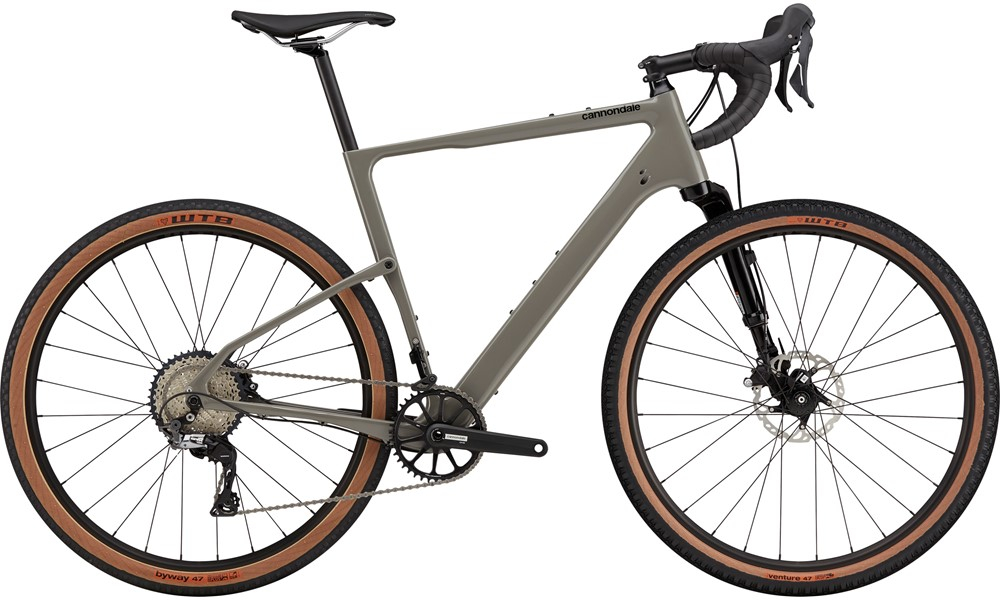
Cannondale’s carbon Topstone come with their KingPin suspension system. This allows the back of the bike to move and there are also models available with Lefty suspension forks. These bikes can take 700x45c tyres or 27.5x2.1 mountain bike tyres. Making them capable to tackling some really serious off-road riding.
Whyte Dean, Gisburn and Friston – from £1550
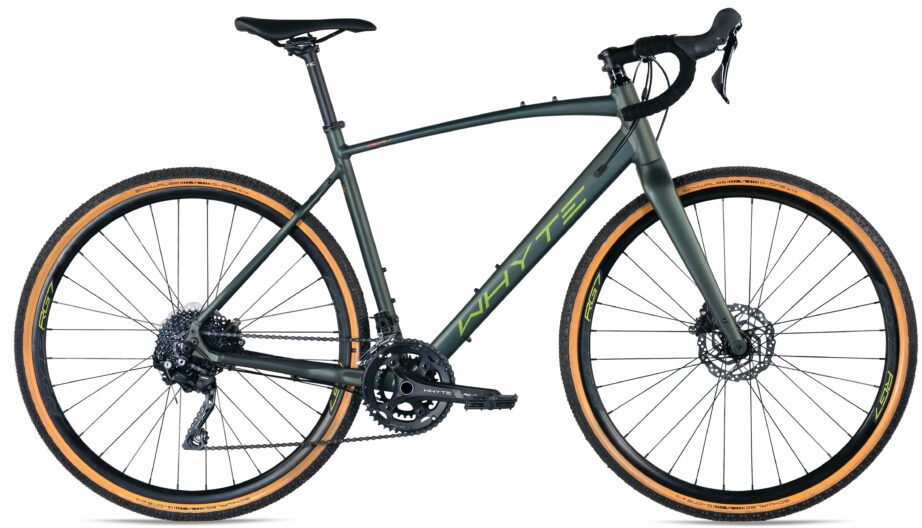
Whyte are known for their aluminium mountain bikes. They’ve particularly made their name for the handling characteristics of their bikes and the fact they are designed in the UK for UK conditions. Whyte’s gravel bikes follow this model with plenty of mud clearance and geometry setup for great off-road handling. The Whyte bikes are also pretty good value for money.


